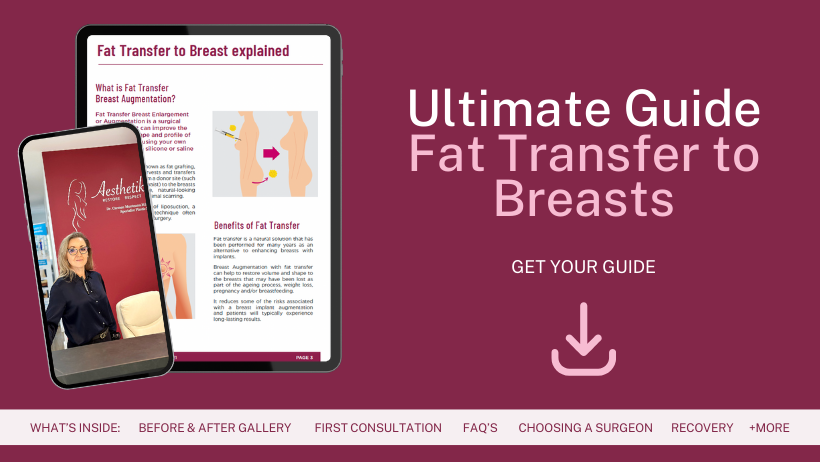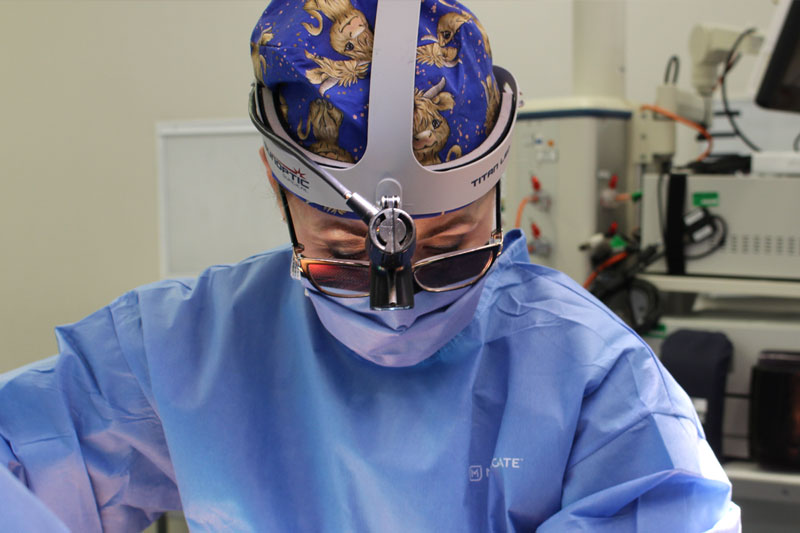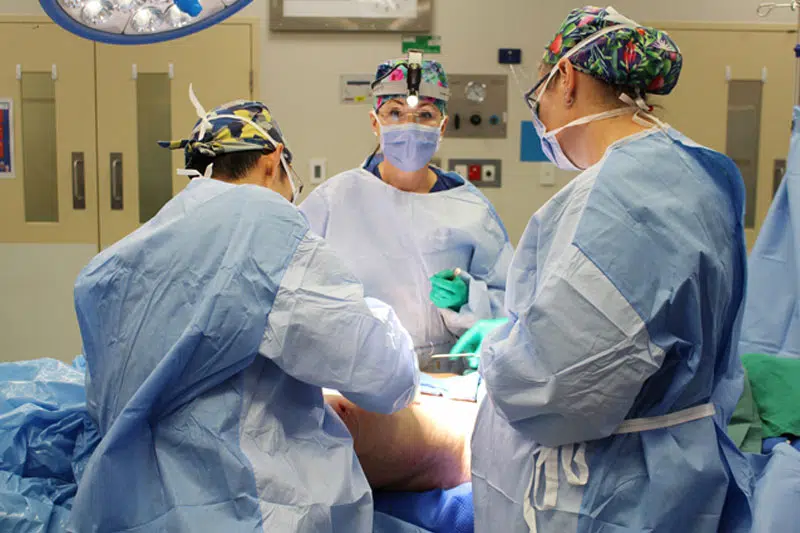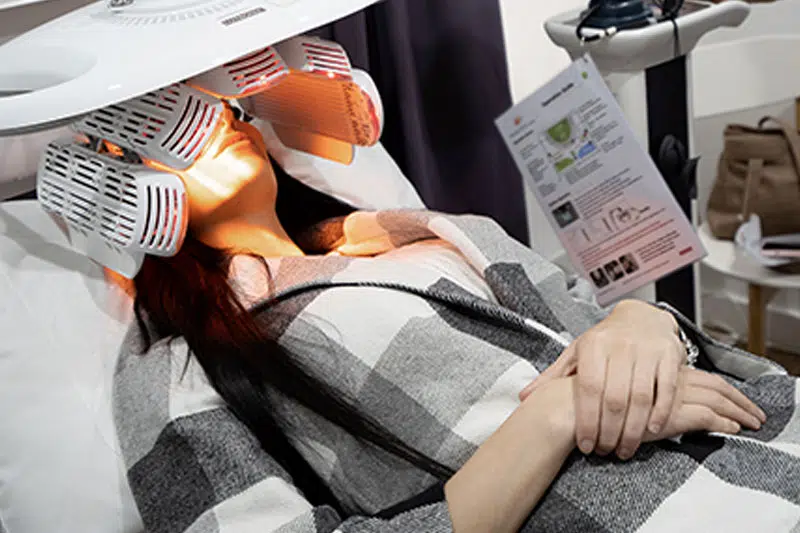Fat Grafting to Breasts or Fat Transfer to Breasts is a popular surgery for Breast Enhancement using your own fat. This can be done instead of or in addition to having Breast Implants (Hybrid BA). The surgery is also called Autologous Fat Transfer, Lipofill Fat injections or sometimes Fat Injections. Dr Carmen Munteanu is a Melbourne Specialist Plastic Surgeon with extensive experience in Fat Transfer to Breasts. Here are the most common questions about the procedure – the Fat Grafting to Breasts FAQs.
Take our Plastic Surgery Quiz to find out if you’d be a good candidate and if you are ready for cosmetic surgery.
Fat Grafting to Breasts FAQs
How much can you increase breast size with fat transfer?
- Generally, each session of fat grafting can help you increase around 1 to 1.5 cup sizes. i.e. from B to C or C to D.
Who is a good candidate for a Breast Fat Transfer?
- You are a great candidate for breast fat transfer if:
- You are in generally good health to undergo the breast fat transfer procedure
- Your skin quality is good and elastic
- You are looking to increase your breast size by 1 cup
- You want to reduce fat from certain areas of your body and get it transferred to your breasts.
- You can quit smoking for a specified time duration.
What can I expect at my consultation visit?
- During your consultation, Dr Carmen will review your medical history, listen to your surgical goals and answer all the questions you might be having regarding the surgery. Then she may help you visualize potential results with the help of sizers or computer imaging. She will further discuss in detail about recovery, risks, outcomes, cost as well as your financing options.
When can I see results after Breast Fat Transfer?
- The results will be visible soon after the breast fat transfer. You will have some swelling that will fade away on its own with time, and you will see more complete results in a matter of three months.
Is there a preferred age for fat grafting?
- Patients of all ages get fat grafting done to plump up their breasts. Most people get it done in their early 30s and 40s. People who get it done in their 50s and 60s usually combine it with a lift procedure to achieve optimal results.
Do breasts with transferred fat feel natural to touch?
- Yes, breasts with fat transfer feel completely natural to touch.
Fat Grafting to Breasts Concerns about fat survival
What is the rate of survival of fat cells?
- It is important to know that not all fat cells will survive the fat transfer procedure. As a rough estimate, about fifty to sixty per cent of the cells will survive the fat grafting procedure. You can have multiple sessions to achieve your desired results based on your aesthetic goals.
Does the fat transfer last?
- Some of the fat will survive and this will be permanent. Generally speaking about 50% of the fat survives the transfer also this may range between 30% and 80% depending on surgeon techniques, patient nutrition, aftercare and genetics.
What is breast fat necrosis?
- It is a breast condition that happens when a particular area of breast fat tissue dies. You can help reduce fat necrosis by choosing a skilled surgeon, following their instructions and adopting good nutrition, adequate rest, and drinking fluids.
How do you get rid of fat necrosis?
- Fat necrosis usually goes away on its own. Alternatively, you can massage the lump firmly to get rid of fat necrosis.
What does fat necrosis look like?
- Fat necrosis will feel like a firm, round lump in the breast area. While some patients experience little discomfort, others may feel pain and tenderness accompanied by bruising.
Does massage help reduce fat necrosis?
- Usually, fat necrosis goes away on its own without an operation. Massaging the area firmly may help resolve some of the firmness in the breasts as well.
Download Dr Carmen’s Guide to Fat Transfer to Breasts – Natural Breast Enhancement using your own fat

Fat Grafting to Breasts FAQs about Breast Implant Options
Are fat transfers safer than implants?
- Yes, fat transfer is considered to be a safer option when compared with breast implants.
Which is better; fat transfer or implants?
- Both are effective procedures. If you wish to enhance your breasts by 1 to 1.5 cups, fat transfer is the ideal way. However, if you plan to increase your breast size more than that, implants are the way to go.
Can you remove implants and replace them with fat?
- Yes, you can remove the implants and get a fat transfer instead. This is usually done as a 2 part procedure. Many patients prefer breast implant removal combined with a breast lift. Some have additional fat added as well.
Can I get fat transfer done after breast implant removal?
- Yes, you can get breast fat grafting done after removing your breast implants. In fact, many patients choose this option after getting their implants removed. Just a word of caution – large implants are not likely to be replaced by fat transfer. Also the fat is transferred into nearby breast tissue – the fat does not just fill the void left in the breast implant pocket. A breast lift may also be needed,
Fat Grafting to Breasts FAQs about the Procedure
Where does the fat come from for a Breast Fat Transfer?
- The fat used during the procedure of fat transfer comes from your own body. It can be harvested from your thighs, arms, stomach, flanks and transferred to your breasts after the purification process.
Can I extract fat from my thighs to be transferred to my breasts?
- Yes, you can extract excess fat from your thighs and transfer it to the breasts. The fat can also be extracted from arms, flanks, abdomen, and buttocks.
Can you move fat from your stomach to your breast?
- Yes, you can move fat from your stomach to your breasts with fat grafting.
How is the fat placed in my breasts?
- The fat is injected into the breasts with the help of a tiny syringe in multiple locations. The breasts are shaped and sculpted to meet the desired size. The injected fat will be layered within the breast tissue. It promotes blood flow, and the stem cells began to produce new fatty tissue along with the transfer site.
Will the Breast Fat Transfer leave any scars?
- The procedure does not involve any major incisions, hence there are only small scars involved with the breast fat transfer procedure.
How long does a fat transfer take?
- The procedure lasts a couple of hours. For some patients, it might be done in more than one session.
Do you need multiple fat transfer sessions?
- Typically, 1 to 2 sessions of fat transfer are enough to increase the size of your breasts.
How much discomfort can I feel during the fat transfer procedure?
- The procedure involves the use of Lidocaine which makes it more comfortable. You will have some soreness and swelling after the procedure.
Fat Grafting to Breasts FAQs about Recovery post procedure
What can I expect during the recovery period?
- Take adequate rest, eat healthily and let your body recover. You will have some bruising and swelling that will take some time to fade away. Avoid taking any blood-thinning medications.
How much time do I need to take off work for fat grafting?
- During your recovery period, you may need to take 7 to 14 days off from work – depending on it’s intensity. It is advised to take plenty of time off from work as it allows your body to heal after the procedure. Make sure you take the leave in advance to avoid any problems later.
How long does fat grafting take to heal?
- The recovery of fat grafting can vary from person to person. You need to take 7 to 14 days off from work as initial healing takes 1 to 2 weeks after the surgery.
How should I sleep after fat transfer to the breast?
- Sleep on your back in an alleviated position for the first few weeks. Avoid sleeping on your side or stomach as it puts pressure on the treatment site.
When can I sleep on my side after breast fat transfer?
- You cannot sleep on your side for the first six weeks after fat transfer as the breasts are still healing.
Should I wear a bra after fat transfer to the breast?
- Avoid wearing a tight bra or anything with an underwire and heavy padding for four to six weeks.
How long after fat transfer can I exercise?
- Avoid exercising for a minimum of 3 weeks after the surgery. Always ask your surgeon prior to resuming exercise or any other strenuous activity.
How long do I have to wait before I start flying?
- You have to wait for a period of 7 to 10 days before you jump on a plane. Always confirm with your surgeon prior to flying.
Will massage help to speed up my recovery?
- A lymphatic drainage massage done by an experienced masseur can reduce the post-treatment swelling and boost recovery. Avoid doing it yourself and always consult with your surgeon. Do not have any deep massages for a period of 3 months as it can disrupt the recovery process and prevent an optimal result.
When can I start to exercise after breast fat transfer?
- It is advised to wait for at least three weeks before jumping back to your workout routine. Always consult with your surgeon prior to resuming any strenuous activities.
When can I resume driving after breast fat transfer?
- You can resume driving five to seven days after getting the breast fat transfer surgery. It is advised to take the due time off and allow your body to heal and recover completely.
Fat Grafting to Breasts FAQs about the Procedure
How should I prepare for the fat transfer procedure?
- Here is how to prepare yourself for the fat transfer procedure:
- Quit smoking for a period of four to six weeks before the procedure.
- Do not take any blood-thinning medications a few weeks after the surgery.
- Keep yourself hydrated a few weeks before the procedure.
- Take about 7 to 10 days off from work so you can rest comfortably.
- Arrange for someone to drive you home as you won’t be able to do it yourself after the surgery.
Will I be required to stay overnight in the hospital?
- It depends. In some cases, the patients are allowed to go home the same day, while some surgeons prefer to keep their patients overnight.
Fat Transfer to Breasts FAQs about Concerns and Risks
What are the risks involved with fat transfer?
- Fat transfer is generally considered a low-risk procedure, as it uses your own body fat. As a result, it does not cause any allergic reactions. Make sure you choose the right surgeon and adhere to the post-care instructions to avoid the risk of any infections.
How do you keep the grafted fat after fat transfer?
- It is recommended to eat nutrient-dense foods, mainly the ones with good fats such as salmon, avocados, olive oil etc. Make sure you are meeting your daily calorie intake if not consuming a few extra calories.
Does fat transfer cause lumps?
- If done right, the fat transfer will not cause any lumps in the breasts.
What happens if you lose weight after fat transfer?
- Fat transfer is different from implants. If you lose weight, you will lose fat all over your body, including your breasts.
Is breast fat transfer painful?
- Fat transfer is not a painful procedure as you will be fully sedated during the surgery and will not feel a thing.
Is it safe to do fat transfer to breasts?
- Fat transfer to the breasts is generally considered low-risk when performed by a qualified Specialist Plastic Surgeon, but like all procedures, it carries potential risks and complications
Fat Transfer to Breasts FAQs about Funding Your Surgery
Does Medicare pay for breast fat transfer?
- Medicare will only pay for breast fat transfer if it is deemed as a medical necessity by the doctor. Typically this is for breast reconstruction purposes only. Medicare is adding 2 new item numbers for Fat Transfer in Nov 2021.
Will Health insurance cover a fat transfer procedure?
- Generally, insurance will not cover breast fat transfers unless you are eligible for a Medicare item number. You can explore other financing options to pay for the surgery.
Does insurance cover fat graft for breast reconstruction?
- Medicare and Insurance may cover fat grafting for cancer breast reconstruction, including both lumpectomy and mastectomy. As fat grafting reforms and shape the breasts, it can be deemed as a medical necessity. – new Medicare codes are coming Nov 2021.
For more information about Fat Grafting
- Visit Dr Carmen’s Fat Transfer to Breasts page
- See Dr Carmen’s Fat Transfer to Breasts Patient Before and After Photos
- Read Dr Carmen’s Blog About Can I Use Fat Grafting Instead Of Breast Implants?
- For more Fat Transfer to Breasts FAQs contact Dr Carmen’s team








